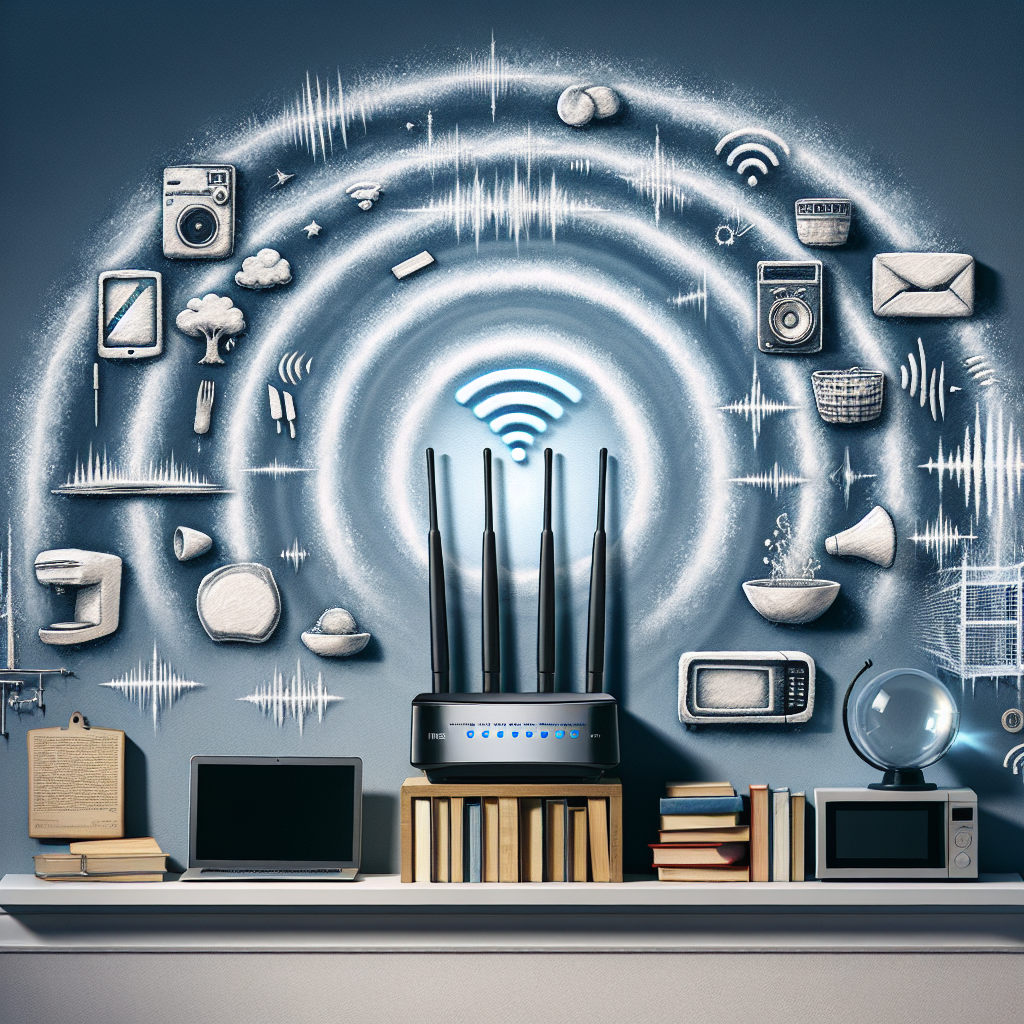In today’s digital age, a strong and reliable Wi-Fi connection is essential for both personal and professional use. However, many users struggle with poor Wi-Fi reception, which can lead to slow internet speeds, dropped connections, and overall frustration. Fortunately, there are various strategies you can implement to improve your Wi-Fi reception and enjoy a smoother online experience.
Understanding Wi-Fi Reception Issues
Before diving into the solutions, it’s important to understand the common reasons behind poor Wi-Fi reception. Some of the primary causes include:
- Physical obstructions (walls, furniture, etc.)
- Electronic interference from devices like microwaves or cordless phones
- Router placement and settings
- Outdated hardware
- Network congestion and bandwidth limitations
By identifying the root cause of your Wi-Fi issues, you can choose the most appropriate method to enhance your signal strength.
Boosting Your Wi-Fi Reception
Optimize Router Placement
The location of your router plays a crucial role in the strength of your Wi-Fi signal. Follow these tips to optimize its placement:
- Place the router in a central location.
- Ensure it’s elevated, ideally on a shelf or mounted on a wall.
- Avoid placing it near large metal objects or electronic devices.
Update Your Router’s Firmware
Router manufacturers often release firmware updates to improve performance and security. Check your router’s manual or the manufacturer’s website for instructions on how to update the firmware.
Use a Wi-Fi Extender or Mesh Network
If you have a large home or multiple floors, a single router might not be sufficient. Consider using a Wi-Fi extender or a mesh network system to expand coverage and eliminate dead zones.
Change Your Wi-Fi Channel
Wi-Fi routers operate on different channels. If multiple routers in your area are on the same channel, it can lead to congestion and interference. Use a Wi-Fi analyzer tool to determine the least congested channel and switch your router to it.
Upgrade Your Router
If you’re using an older router, it may not support the latest Wi-Fi standards. Upgrading to a newer model can significantly improve your reception and speed. Look for routers that support Wi-Fi 6 for the best performance.
Secure Your Network
Unauthorized users can hog your bandwidth and slow down your connection. Ensure your network is secured with a strong password and WPA3 encryption.
Troubleshooting Common Issues
Even with the best practices, you might still encounter occasional Wi-Fi issues. Here are some troubleshooting tips:
Reboot Your Router
Sometimes, a simple reboot can resolve connectivity problems. Unplug your router, wait 30 seconds, and plug it back in.
Check for Interference
Ensure there are no new electronic devices near your router that could be causing interference. Microwave ovens, cordless phones, and baby monitors are common culprits.
Adjust Antennas
If your router has adjustable antennas, try positioning them vertically and horizontally to see if it improves reception.
Limit Bandwidth-Heavy Activities
If multiple devices are streaming videos, playing online games, or downloading large files simultaneously, it can strain your network. Prioritize important activities and limit the number of devices connected at once.
Conclusion
Improving your Wi-Fi reception is crucial for a seamless online experience. By following the strategies outlined above, you can boost your signal strength, reduce interference, and enjoy faster and more reliable internet connectivity. Whether it’s optimizing router placement, upgrading hardware, or securing your network, these steps will help you stay connected in the digital age.

